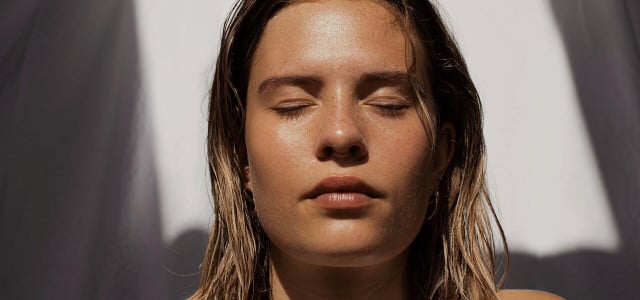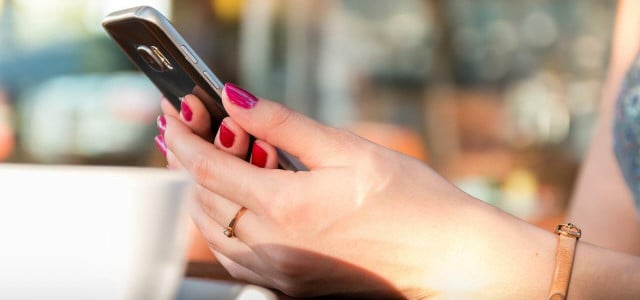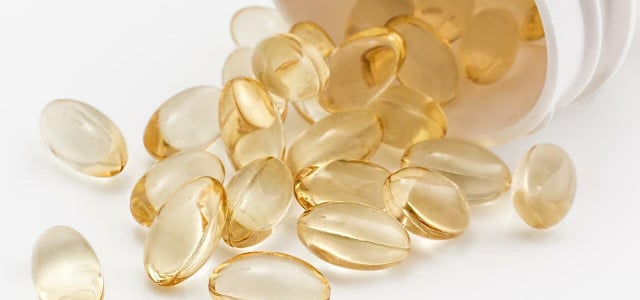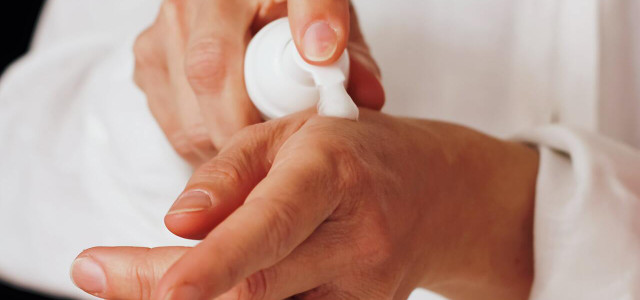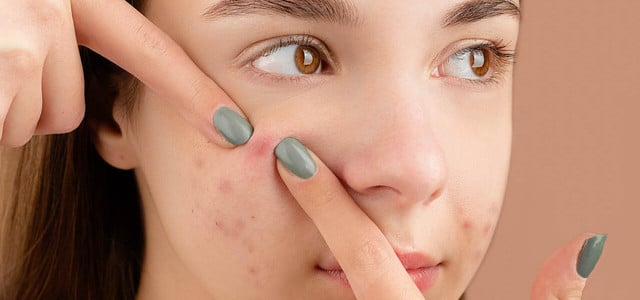Is snail mucin for skin really ethical? We’ll look at the controversy around these popular products and what brands are safe to put on your skin.
You may have heard about the wonderful benefits of snail mucin for skin, touted for its anti-aging and moisturizing properties. It often comes in the form of toners, serums and night creams.
Most people apply snail mucin every evening before bed as part of their regular skin care routine or layer it as the final step. Though there have been rare allergic reactions to the ingredient, like hives, itching or rashes, it usually causes no adverse effects. You can check your own response by doing a test sample on your arm, but typically it’s a safe and effective product with numerous benefits.
However, are snail mucin skin care products ethical? Snails are living animals with distinctive functions in nature. They consume rotting vegetation and can be a source of food for other animals. As with any animal in the food chain, we might ask whether removing them from this cycle is sustainable.
Here, we’ll look at how snail mucin for skin care works and if there are any ethical or environmental implications.
What Is Snail Mucin for Skin?
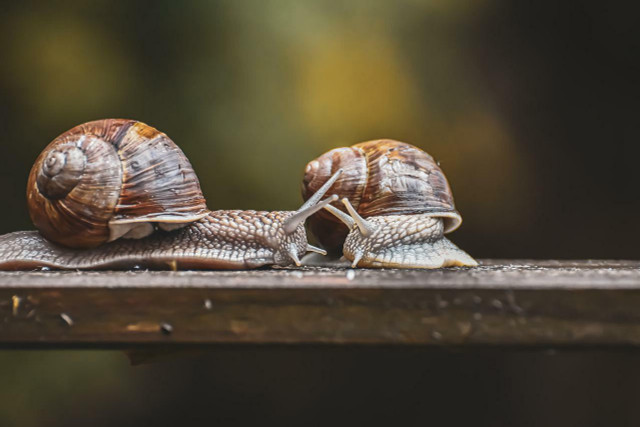
Snail mucin for skin is derived from the slime trail snails leave behind. There are many possible explanations and theories as to why snails leave this trail. Scientists believe it may be a type of homing signal for other snails to follow. They can differentiate between these trails to find mates and also use them to move faster and locate food.
The mucin snails secrete for these purposes comes from the salivary epidermal gland on the surface of the snail’s foot. Salivary epidermal glands are the glands that make saliva in animals. The salivary glands consist of a group of epithelial cells that act as a barrier to the snail’s organs and prevent infection. This is also where mucus is secreted from.
Mollusks, the invertebrate animal classification that includes snails, produce two types of mucus. The first is the kind they use to travel (secreted mucus), and the second covers the snail’s entire external surface (membrane mucus). This second type keeps their bodies moist and protects them from drying out.
Mucin and Skin Aging
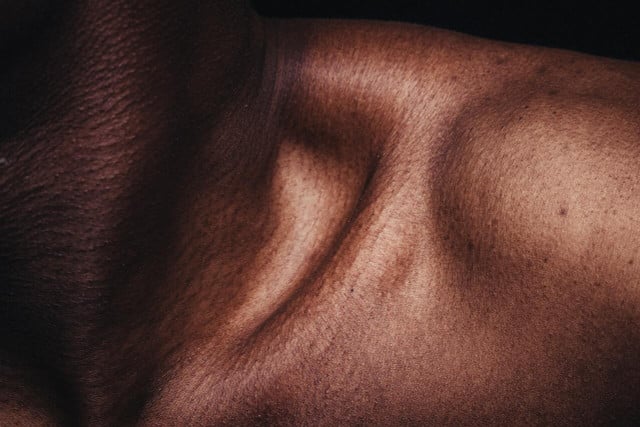


To understand why snail mucin for skin is so potent, we should know a bit about how skin ages:
Skin aging in humans is caused by the by-products of cell metabolism. In basic terms, cell metabolism is the processes cells use to produce and consume energy. Over time, metabolism naturally declines, causing cell death. However, when skin cells are stressed by environmental factors such as sun exposure and pollution, cell metabolism can slow down even more.
This leads to an accumulation of by-products — namely, molecules called reactive oxygen species (ROS). ROS are free radical molecules that oxidize cells. Oxidation happens when cells are exposed to oxygen molecules, a normal process in the body. However, having too many ROS molecules can lead to oxidative stress, where cells malfunction or die.
In particular, ROS molecules can break down a structure called the extracellular matrix (ECM). Since the ECM contains collagen, elastin and wound-healing cells, its damage induces wrinkling, dry skin and coarseness.
Because collagen is an important factor in keeping our skin healthy and flexible, fish collagen is a popular ingredient in many anti-aging beauty products. Its environmental impact depends largely on how the fish were held, and whether its cosmetic benefits are greater than those of collagen from other sources is still an open question.
Snail Mucin Benefits
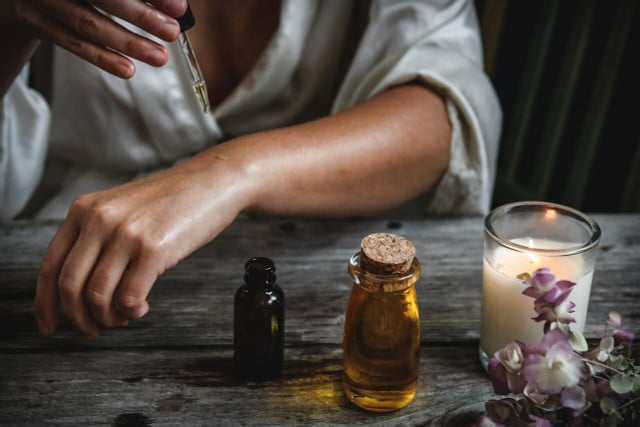


Mucus helps snails with many functions, like adhesion to surfaces, lubrication, and reproduction. Mucus contains a component called mucin. Mucins are large chains of protein molecules joined with glycans (sugars and carbohydrates). These mucin proteins give snail trails their sticky, gel-like properties.
They also mean there’s a wide range of benefits in snail mucin for skin, including:
Antioxidants and Sun Protection
Research shows snail mucin suppresses the breakdown of cells caused by ROS and helps to rejuvenate ECM structure. Meanwhile, the antioxidants in mucin prevent ROS accumulation and stop excessive cell metabolism. Instead, mucin actually increases cell production, increasing skin’s ability to heal and repair damage from sun exposure.
Antibacterial Chemicals
Mucin contains many essential antibacterial chemicals, such as glycoproteins, which trigger the body’s immune response. They attach themselves to bacteria so white blood cells can recognize them and fight disease.
Skin Healing and Regeneration Properties
Glycoproteins also support the structure of collagen and elastin cells. They help to regulate cell growth and aid in wound repair. They also encourage cells to join together and support the structure of the skin barrier.
Hydrating Properties
By reinforcing this barrier, glycoproteins also help the skin retain moisture and stay hydrated.
While there are many snail mucin benefits, some consider the use of mucin controversial — particularly regarding snail farming and how mucin is collected.
How Is Snail Mucin Made?
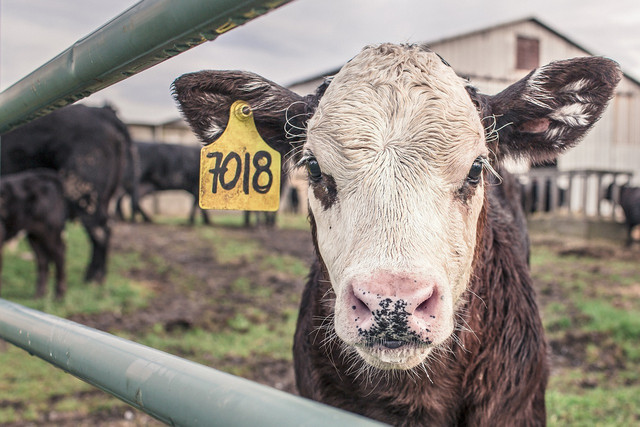


Traditionally, snails were collected and sold during rainy seasons. However, with population sizes decreasing, snail farming or heliculture, was developed to prevent overexploitation.
Like other forms of animal farming, snails are bred and kept in captivity to create mucin for skin products. The snail’s degree of freedom and quality of life depends on the specific farm.
Farming systems vary from free-range systems where the snails are kept in low-density environments similar to their native habitats to intensive systems confining them to small industrial spaces. Intensively farmed snails exhibit similar behavior to other caged animals, such as:
- Inhibited growth
- Reduced reproduction
- Infant fatalities
- Increased mortality rates
These conditions can be made worse depending on how the mucin is extracted. For example, according to PETA, some farms mechanically stress snails to increase mucus production. This involves agitating, salting, or starving them to trigger mucus release.
Interested in learning more about animal mistreatment and how to avoid it? Read, Factory Farming: A Look at This Problematic System.
Is It Ethical in Skin Care Products?



Whether snails feel pain during the extraction process is up for debate. Mechanical stressing spurs a physiological response that makes snails secrete mucus. It does not necessarily mean they feel pain or psychological stress as humans and other higher functioning mammals do. However, recent evidence suggests that snails may not be so different from other animals.
Living organisms react to painful stimuli when the nervous system sends signals to the brain to trigger an appropriate response. While the snail’s brain may not interpret these signals as pain in the human sense of the word, their bodies nevertheless undergo a similar recognition process. They recognize that a painful stimulus exists and try to avoid it.
That suggests to some that the process of intensive farming does cause the snails to suffer and raises ethical questions about such treatment.
Is Skin Care With Mucin Sustainable?
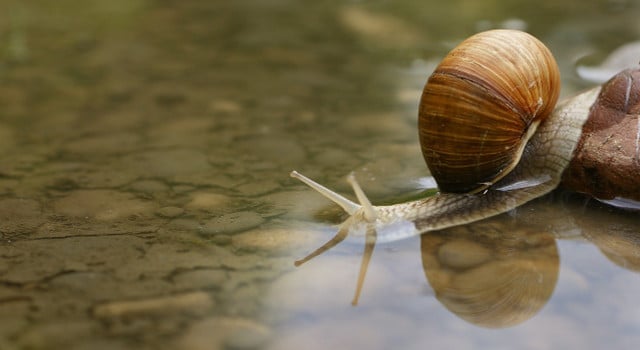


A similar argument might be made for the sustainability of these practices. The lifespan of a common land snail is two to three years, though larger breeds can live longer. However, in captivity, snails have been documented to live as long as 15 years. Snail species protected from drought, floods and environmental factors live longer and breed more offspring.
Furthermore, they don’t produce harmful waste like other captive animals, like pigs and chickens, which produce high methane levels and significantly contribute to carbon emissions. Instead, researchers argue that developing countries — or global south — can use the practice of snail farming to support sustainable development. However, this is contingent on ensuring that captive snails are grown in an environment that supports their population.
According to the International Union for Conservation of Nature (IUCN), over 2,000 species of snails and gastropods are in danger of extinction. Many are predisposed to diseases when living in captivity or unsuitable environments.
Snails are greatly affected by heat, moisture, humidity and nutrition. In the case of farming, snail populations can decline rapidly without proper oversight. That raises the question of how sustainable these practices truly are.
Of course, with growing awareness of these factors, brands that use snail mucin for skin products are trying to improve their snails’ lives. We’ll discuss a few of these brands below.
Where to Buy Snail Mucin Products
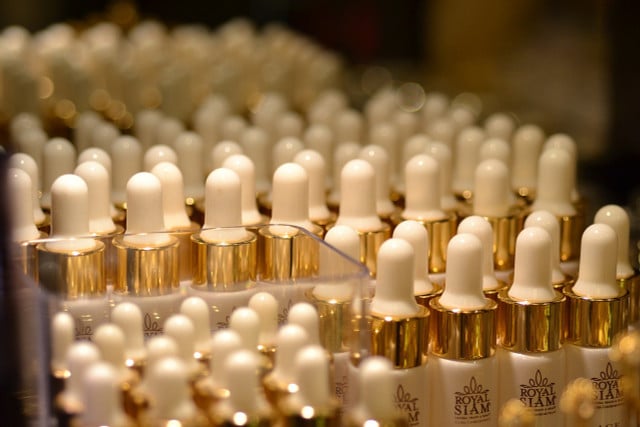


On one level, this question has an easy answer. Many popular brands sell skin care products, including Cosrx, Missha, Mizon and Benton. However, the question of whether you buy them ethically comes down to your take on a few different issues.
No snail mucin-based products are vegan, as they contain animal by-products. However, many brands sell cruelty-free products — where the snails are not harmed.
There are a few things to look out for to know if a brand is truly cruelty-free. One of the key indicators is whether they sell their products to the Chinese Market. Until 2021, Chinese regulation required cosmetic brands to test all products on animals before sale. Though this law is no longer in place, there are a few things to note:
- Although Chinese regulations do not require testing, sellers can still choose to do so.
- The process for gaining exemption from animal testing in China remains strict, and many companies choose not to seek it.
- Even if a company does not sell to China, its suppliers and manufacturers can do animal testing at their discretion.
To be sure a brand is cruelty-free, the Leaping Bunny Organization states that the company, its suppliers, manufacturers, and any associated third parties must not test any products or ingredients on animals. In addition, it can’t sell to any countries that do.
With this in mind, we’ll list some cruelty-free snail mucin brands to consider. But remember that animal testing is not the same as animal welfare.
Cosrx – available on Amazon**
Cosrx is a famous Korean beauty brand that sells a wide range of snail mucin for skin products, including creams, essences, and masks. While the company does not explicitly state its animal testing policies on its website, animal testing for cosmetic products is banned in Korea by law under the Cosmetic Act, 2018. The company also states that “no external pressure is applied to force mucin production.”
IUNIK – available on Amazon**
IUNIK is a PETA-certified cruelty-free Korean beauty brand that sells snail mucin serums. Since PETA does not condone the use of intensively farmed snail products, this suggests that IUNIK does act according to animal welfare guidelines. However, the process they use for collecting snail mucus is not available on their website.
Takeaways
Snail mucin for skin is an interesting business. The ethical and environmental questions about their farming are up to debate. It will always be helpful to check the practices or any snail skin care brand you use, but ultimately you have to decide where to draw the line – or in this case, the snail trail.
Interested in natural skin care solutions? Take a look:
- How to Remove Acne Scars Naturally: 8 Effective Solutions
- Homemade Face Cream: Hydrate Your Skin Naturally
- 6 Ways to Improve Skin Texture Naturally & Products to Help
- How to Repair a Damaged Skin Barrier and Protect Your Skin
- How to Make Rose Water: A Time-Tested Natural Beauty Remedy for Skin
- How to Get Rid of Razor Burn and Prevent It — Naturally
- 3 Turmeric Face Mask Recipes & Why Your Skin Will Love Them
- 9 Easy Home Remedies for Stretch Marks
Read more:
- Sugaring Recipe: Easy DIY Body Hair Removal at Home
- Zero Waste Makeup: 5 Best Brands Made in the USA
- Deadstock & the Fashion Industry: Are There Sustainable Solutions?
Do you like this post?






